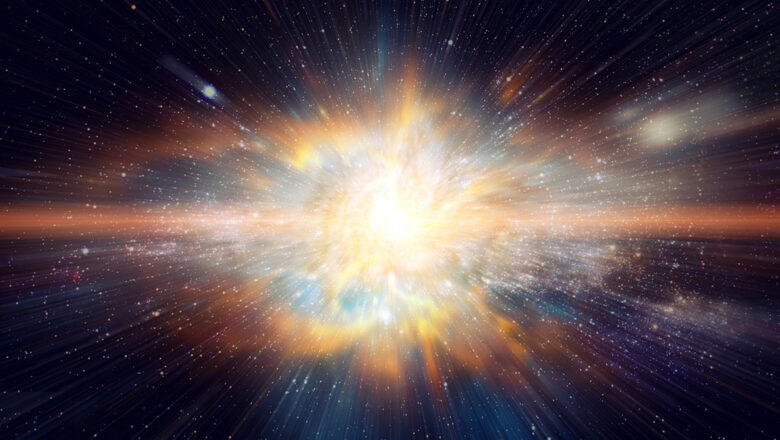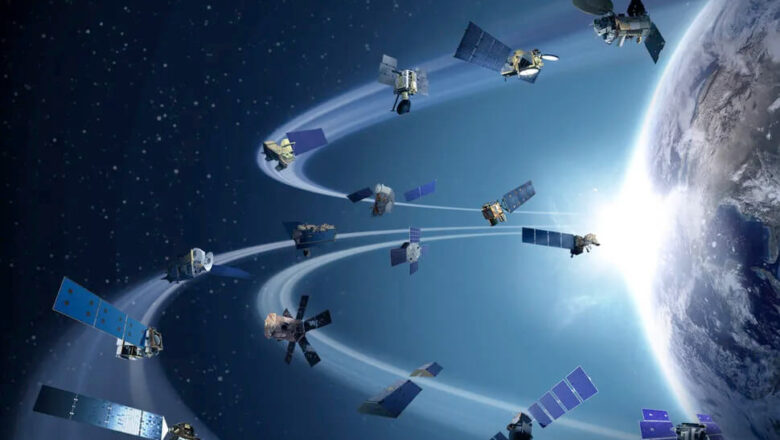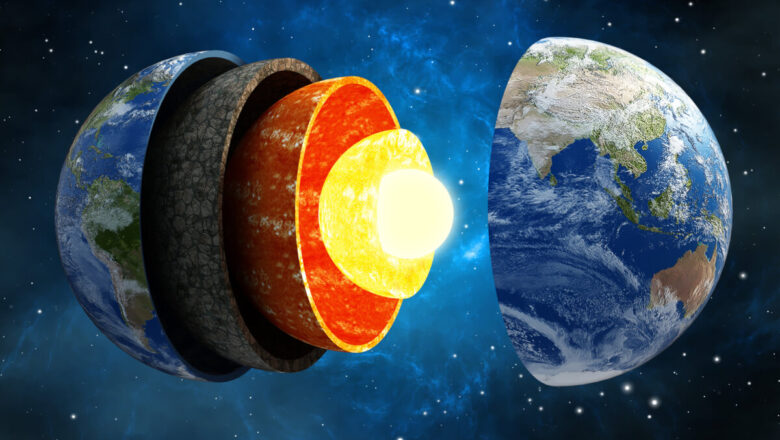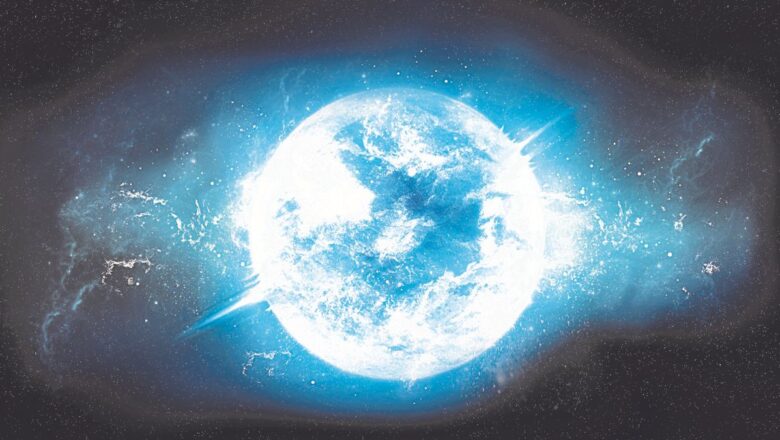
New Study Reveals How Supermassive Black Holes Rip Stars Apart in Spectacular Fashion
Supermassive black holes at the centers of galaxies, including our own Milky Way, have long been known to occasionally devour nearby stars, leading to a dramatic process called a tidal disruption event (TDE). A new study, published today in The Astrophysical Journal Letters, has provided the most detailed simulations yet of this violent phenomenon, shedding light on the complex process that unfolds over the course of a year.
Tidal disruption events occur when a star ventures too close to a black hole and is stretched and torn apart by its immense gravitational forces a process known as "spaghettification." The star is shredded into long, thin strands, and about half of its material is drawn toward the black hole, forming a hot, luminous swirl of matter called an accretion disc. The othe...







